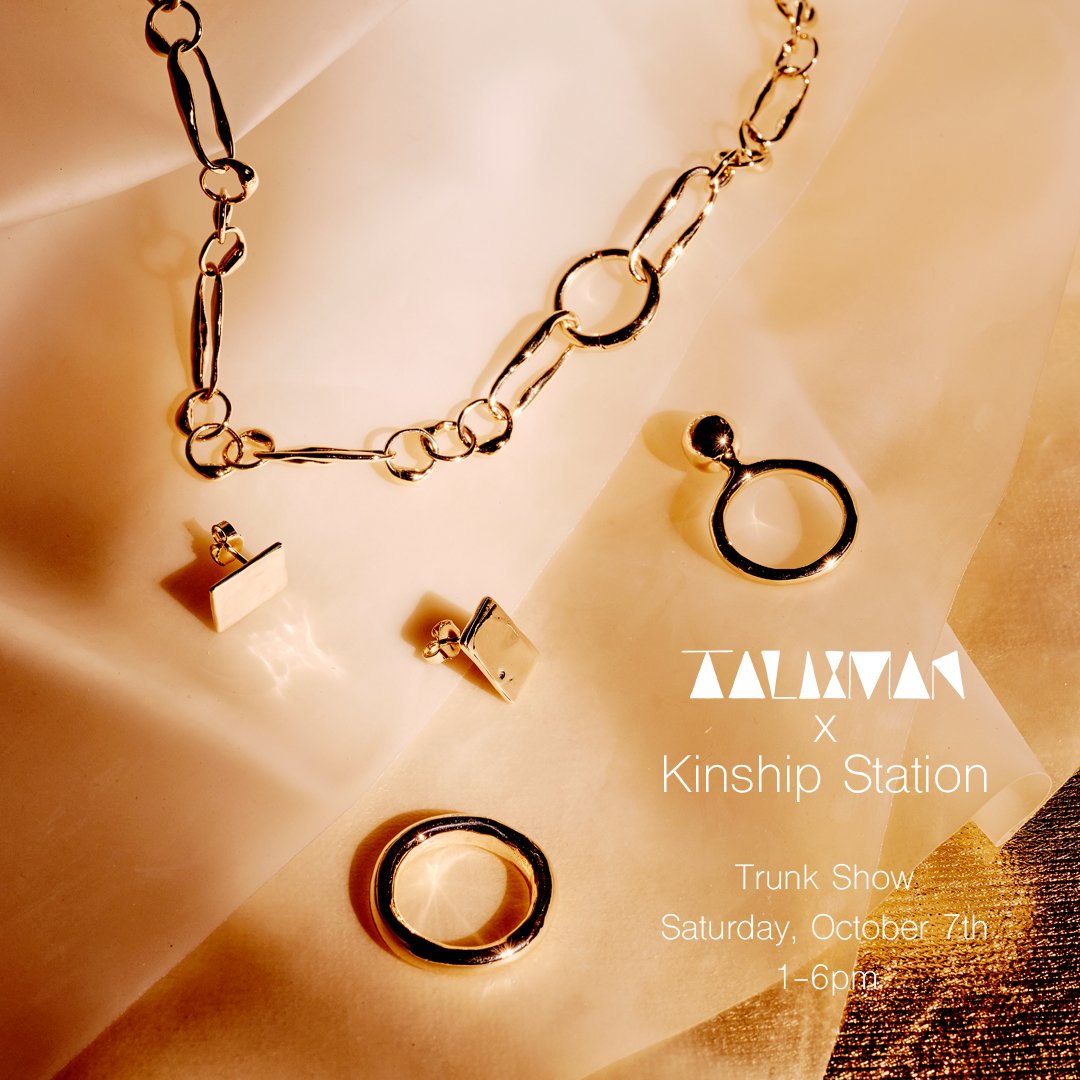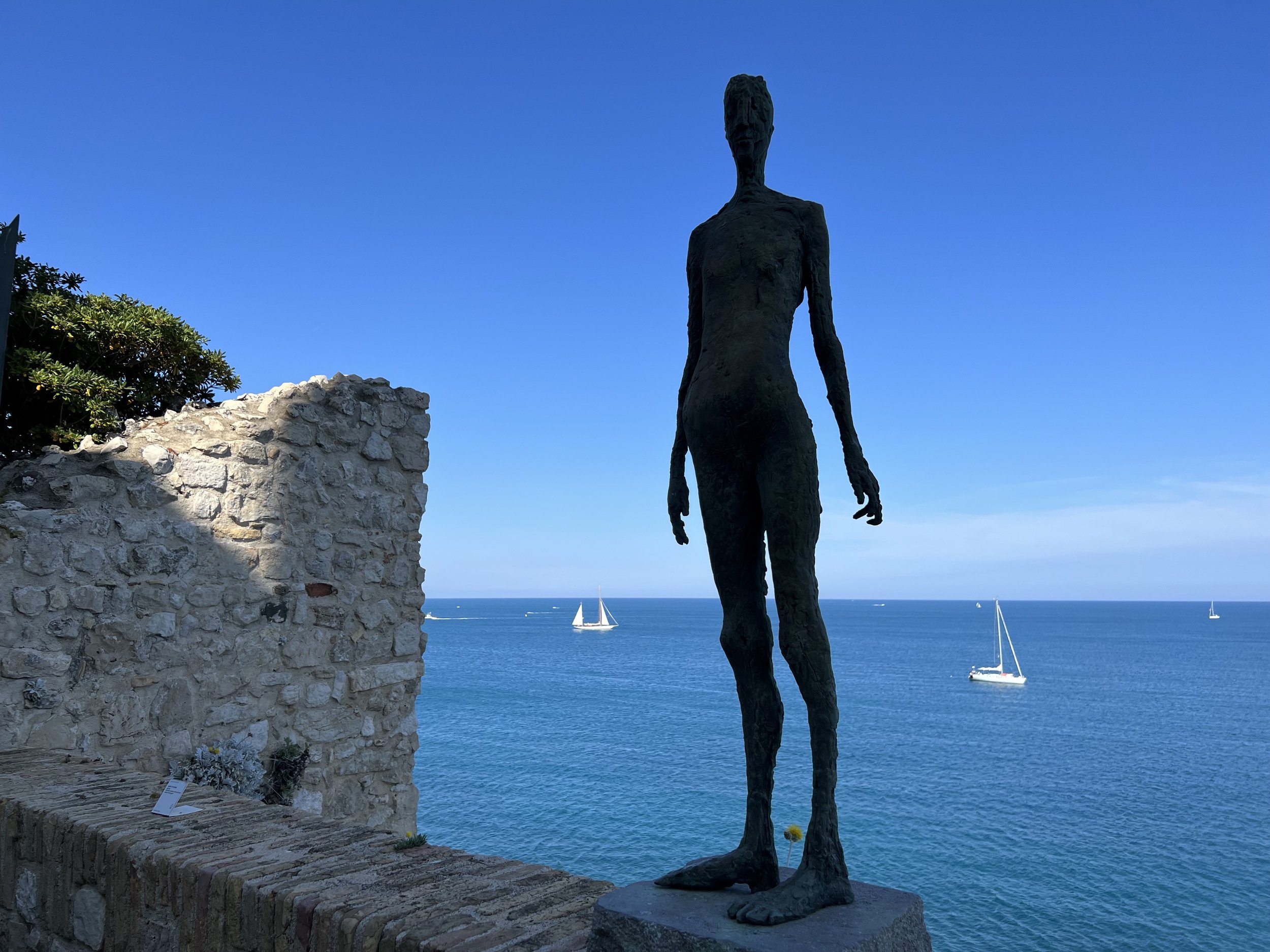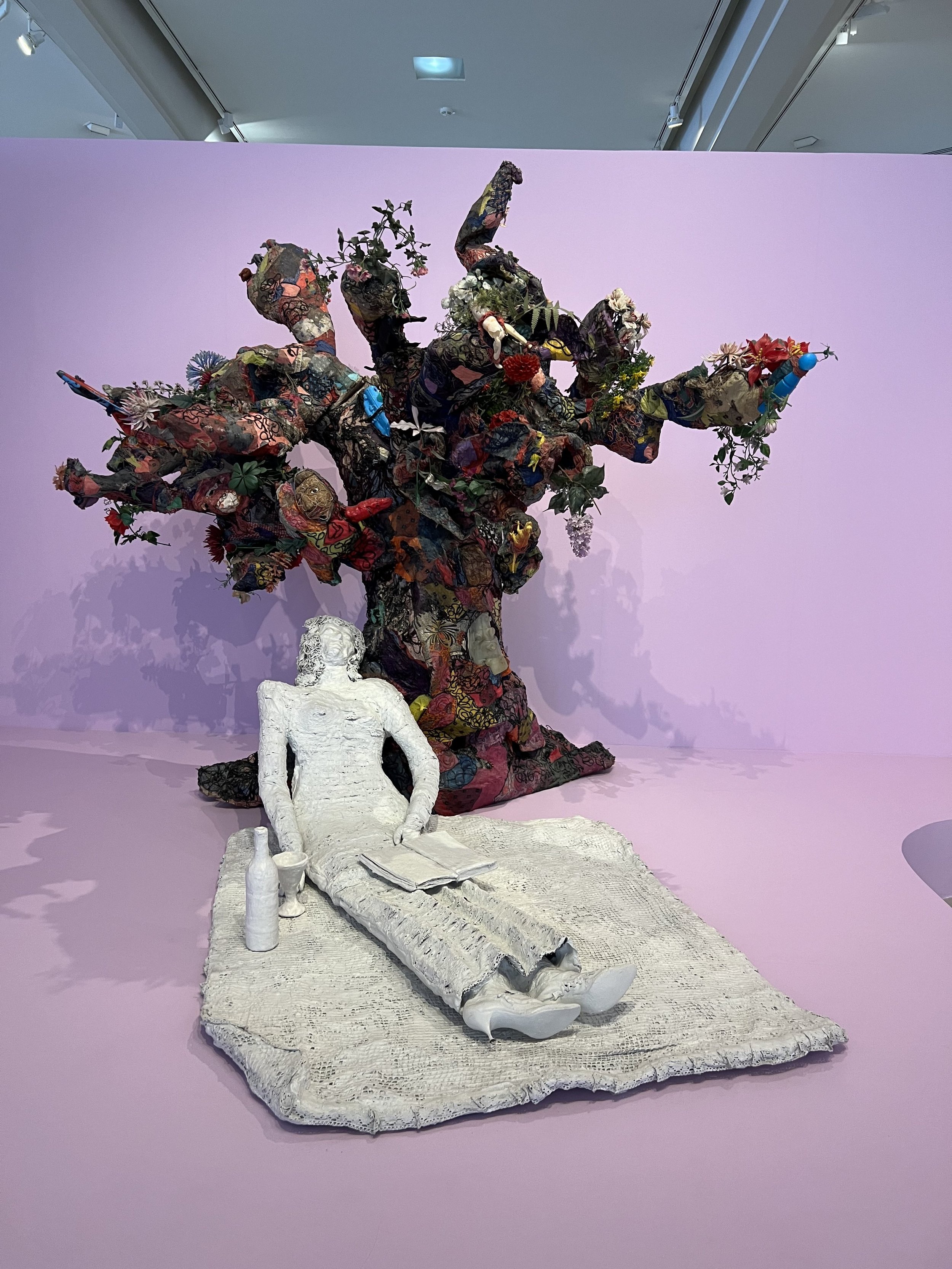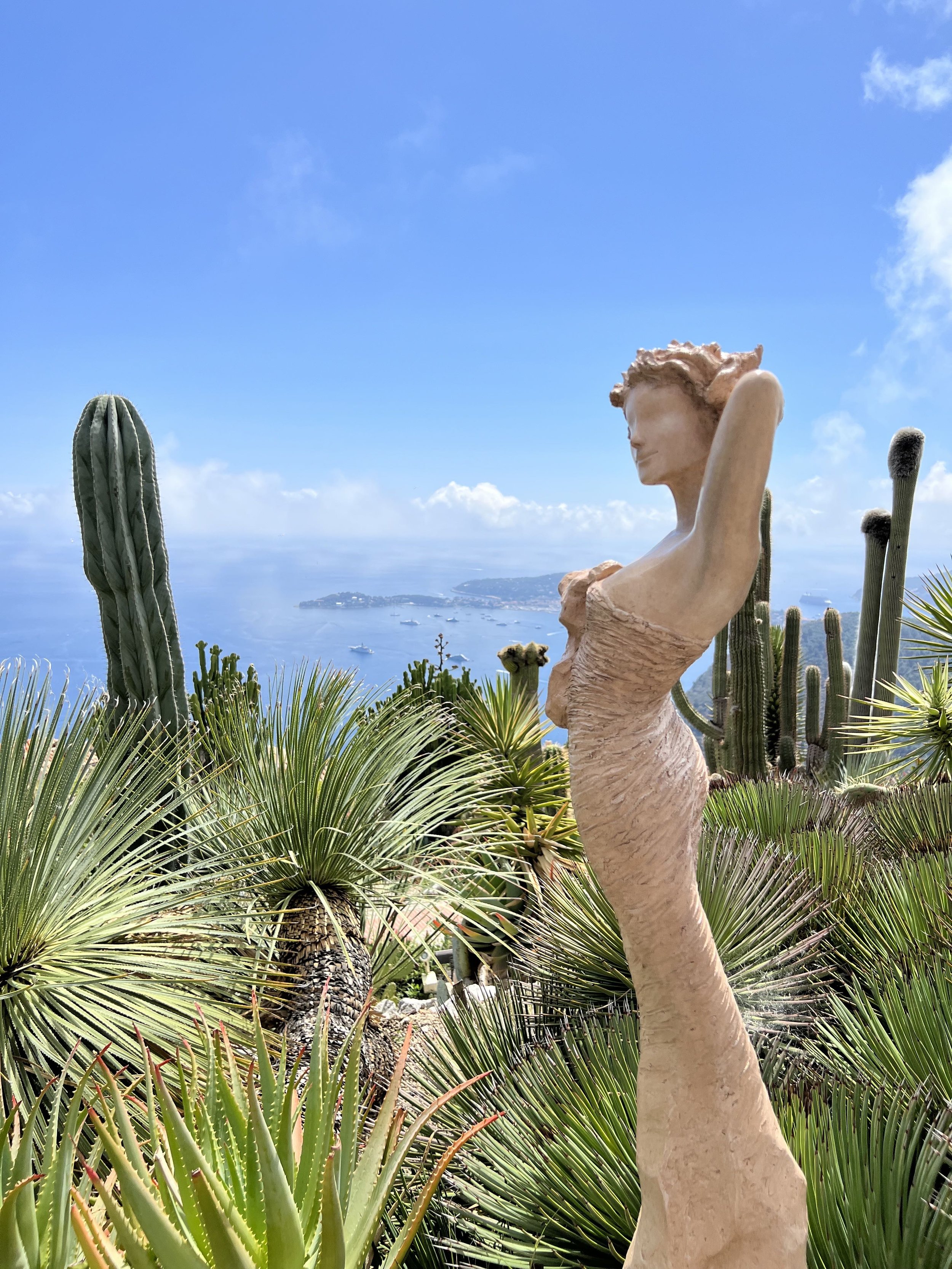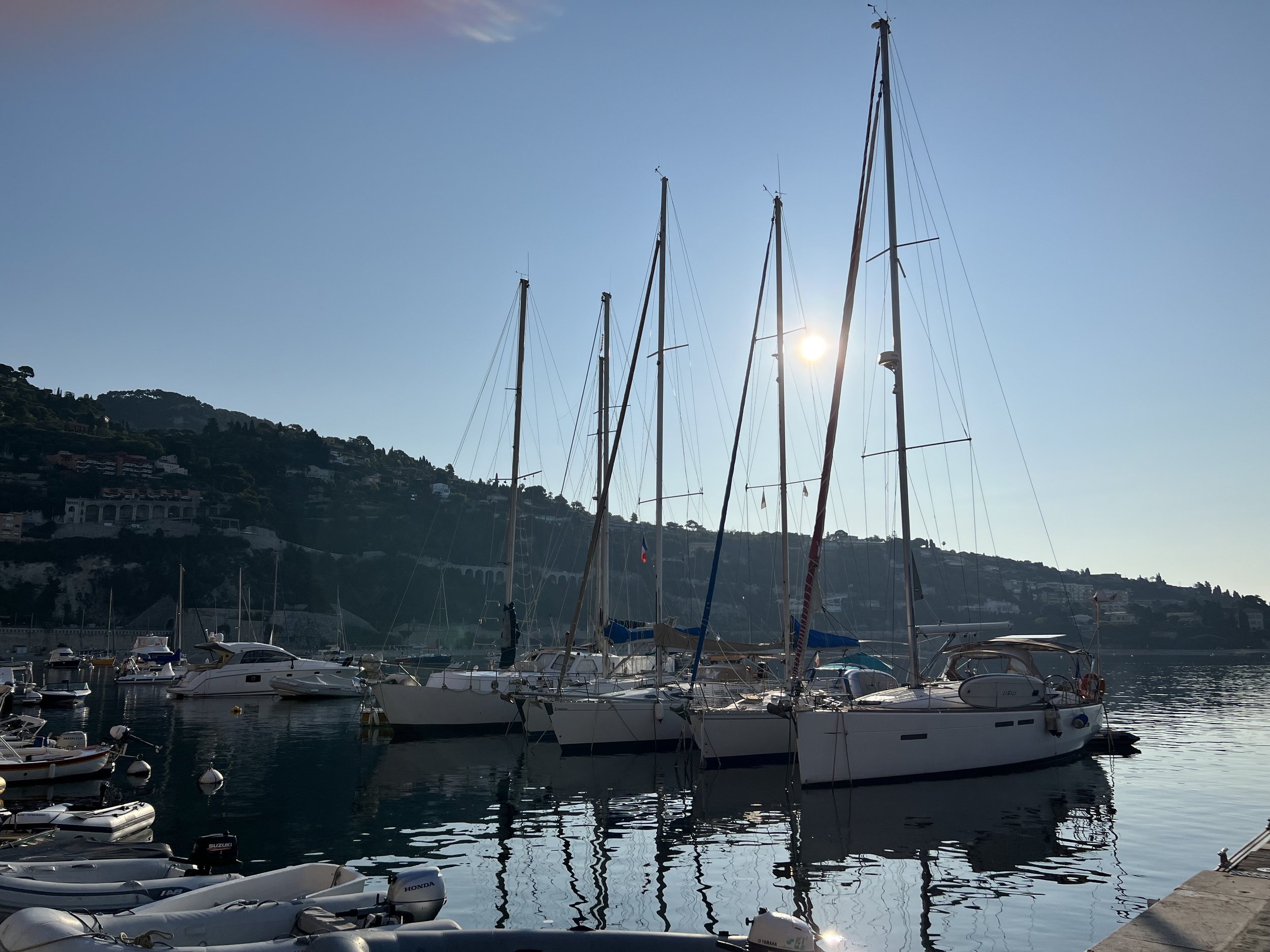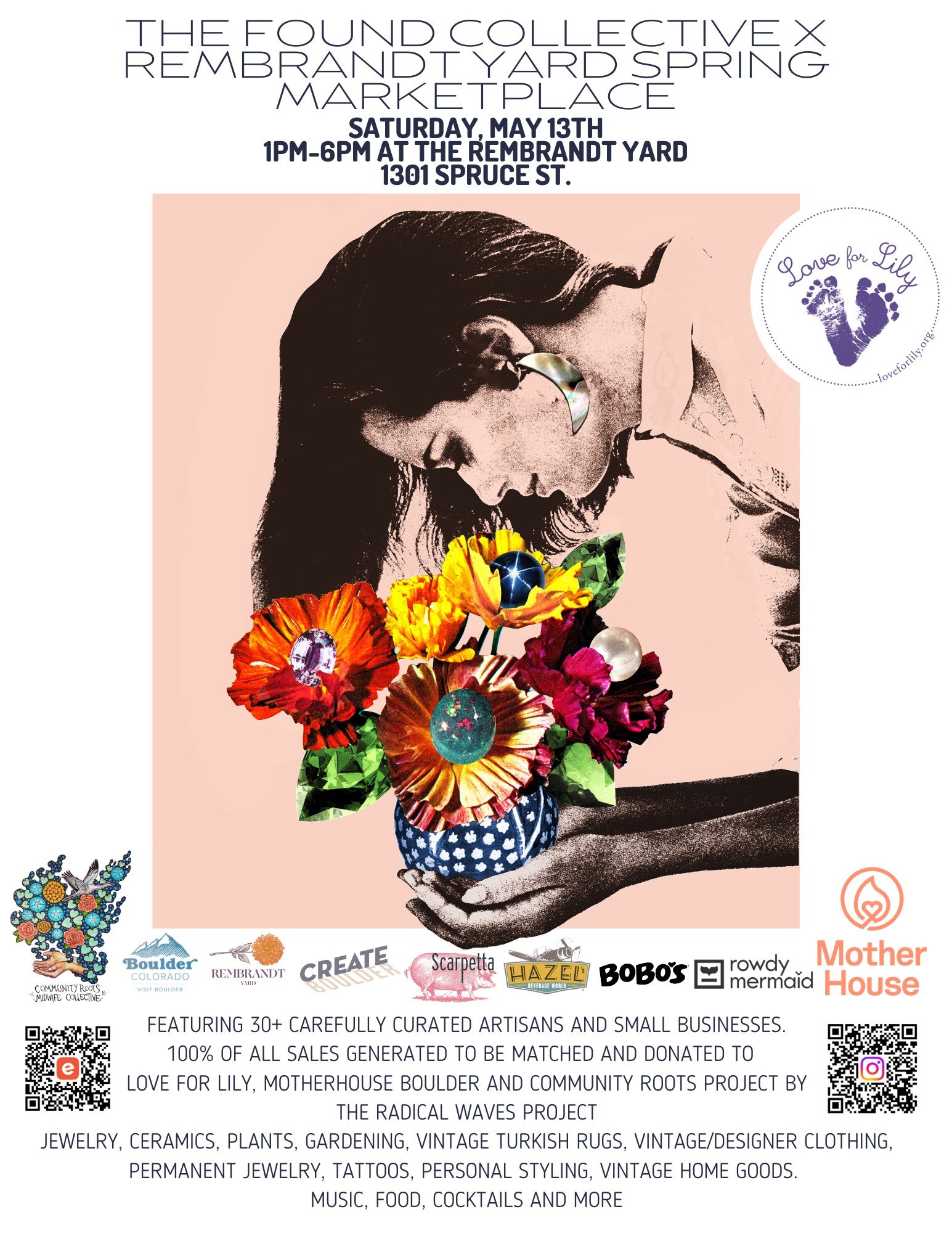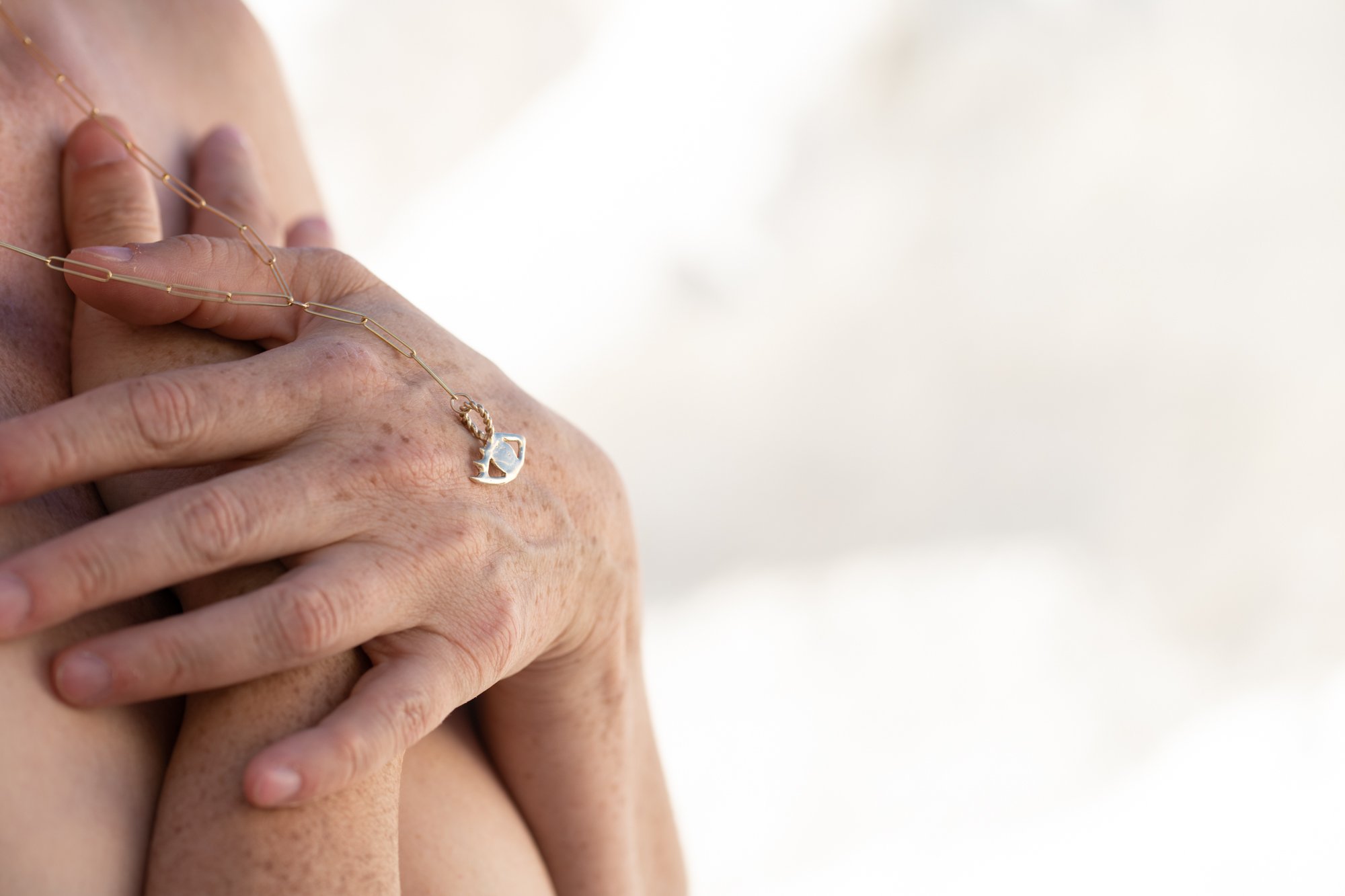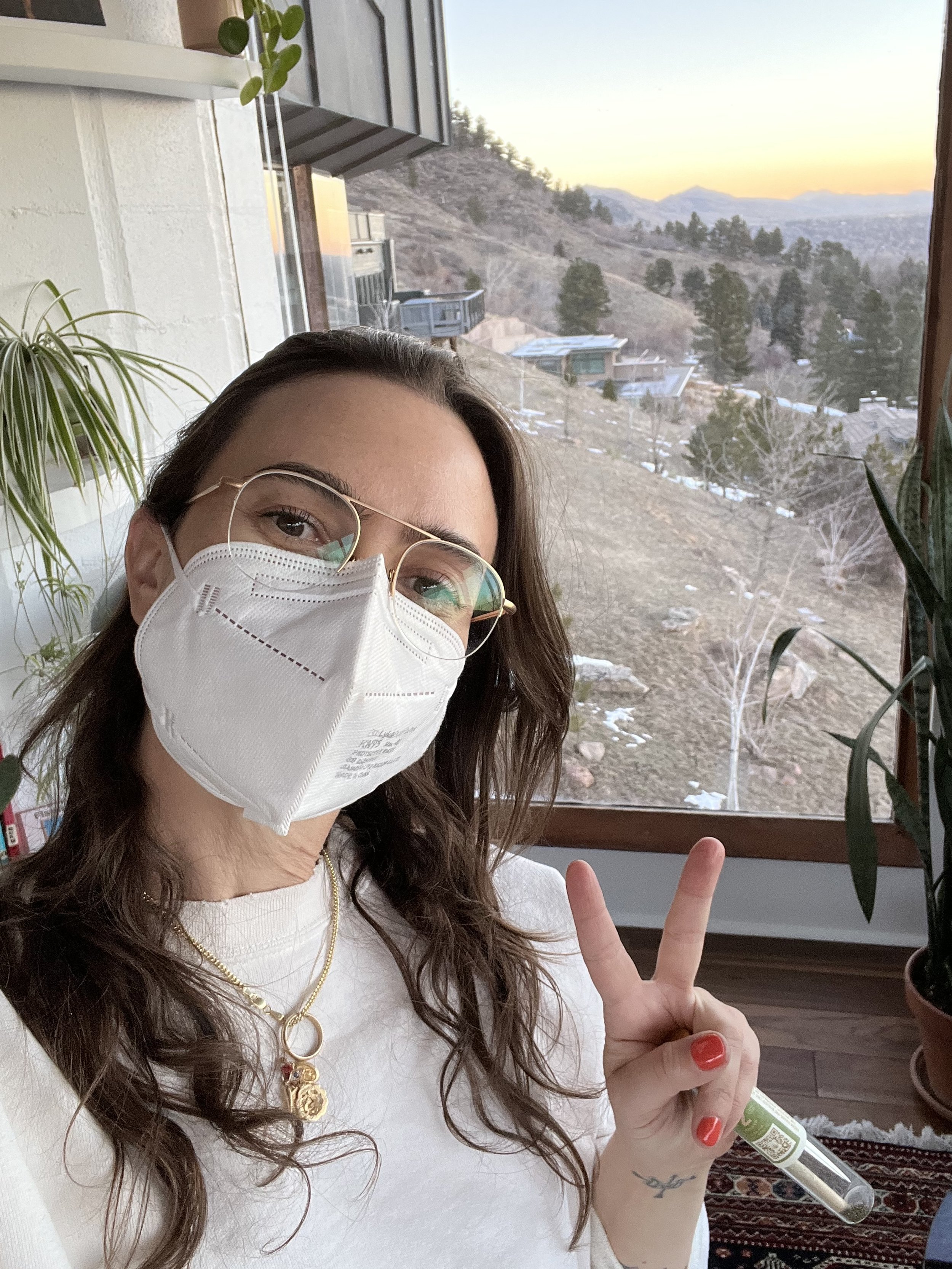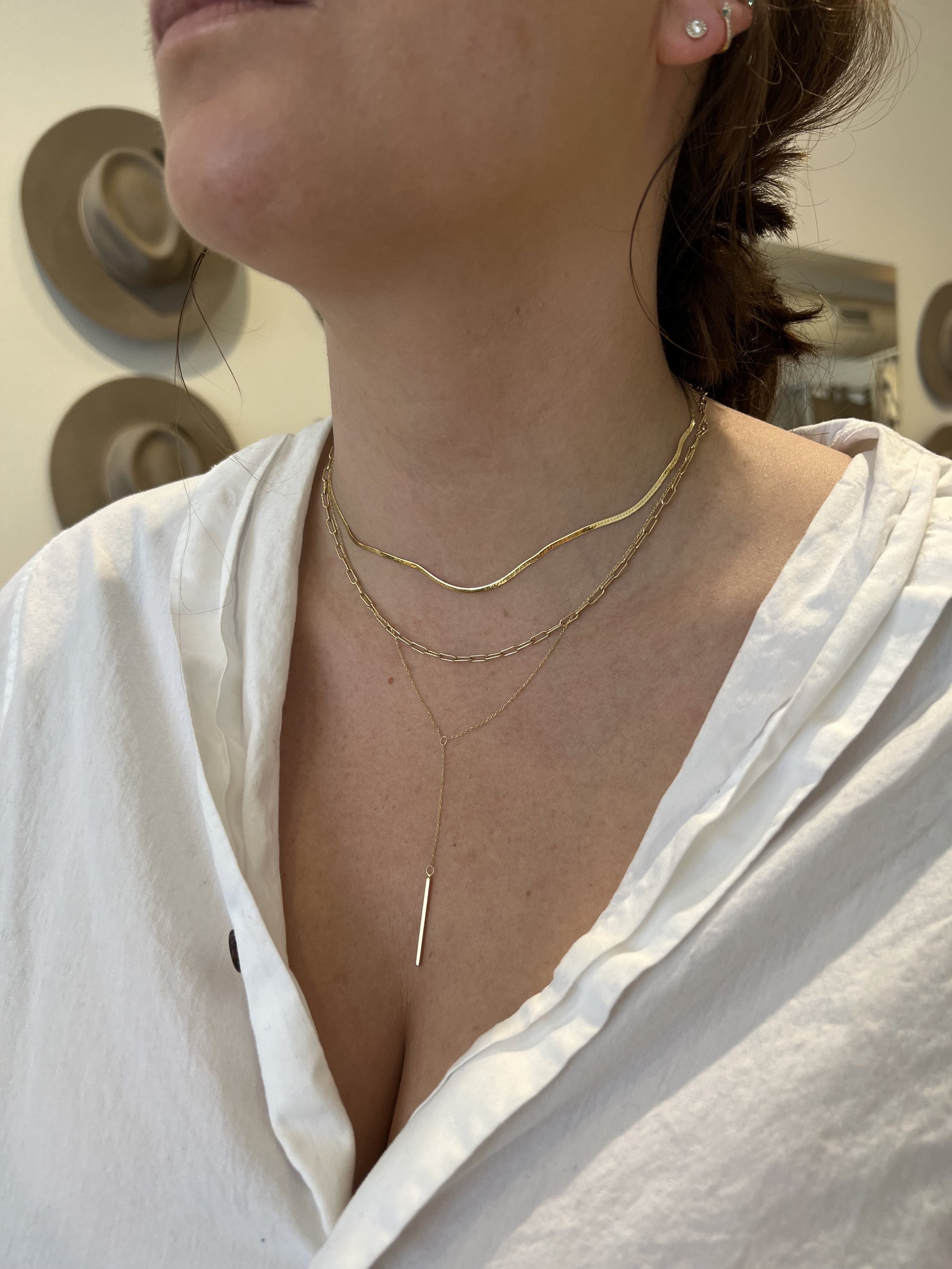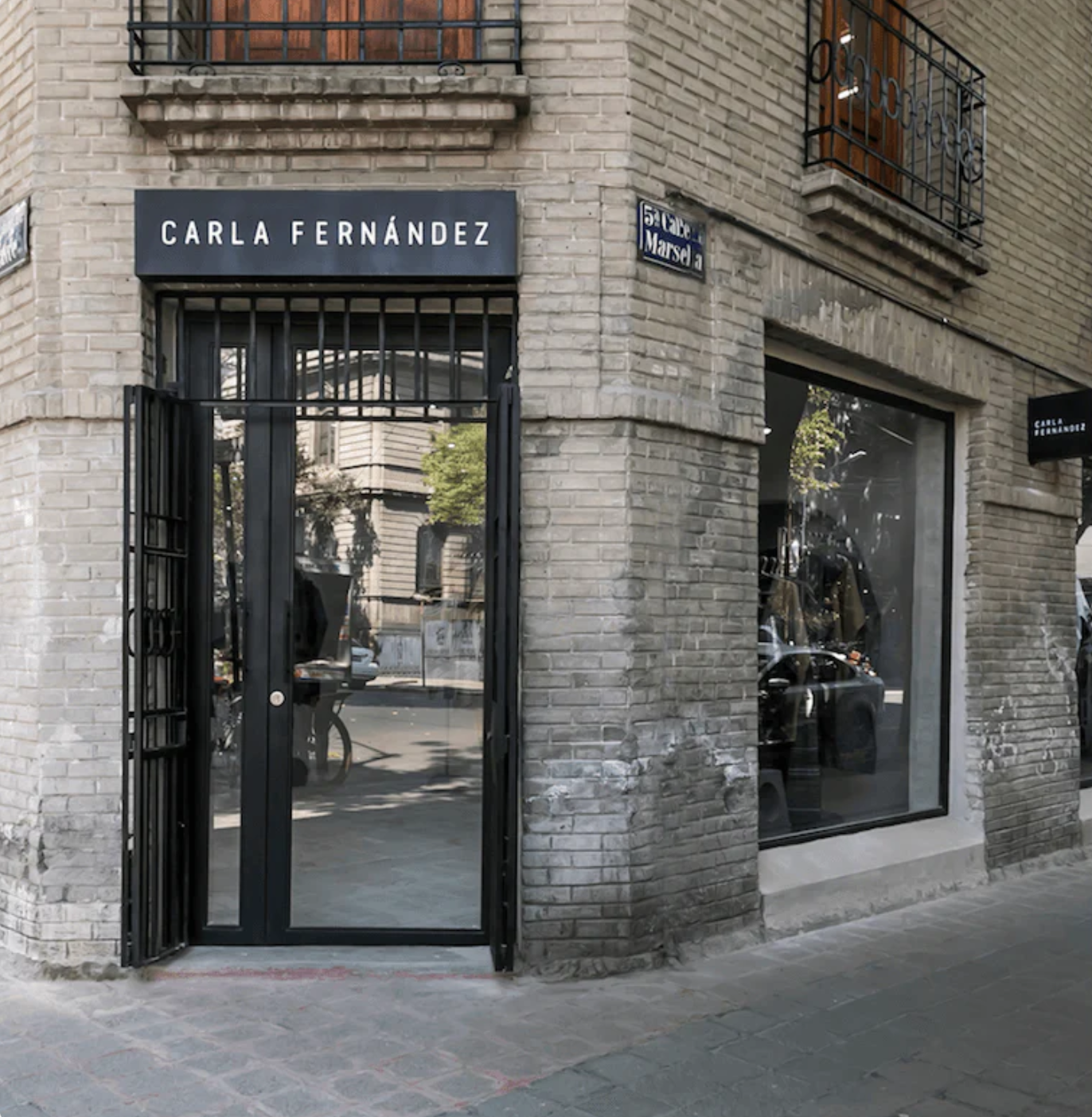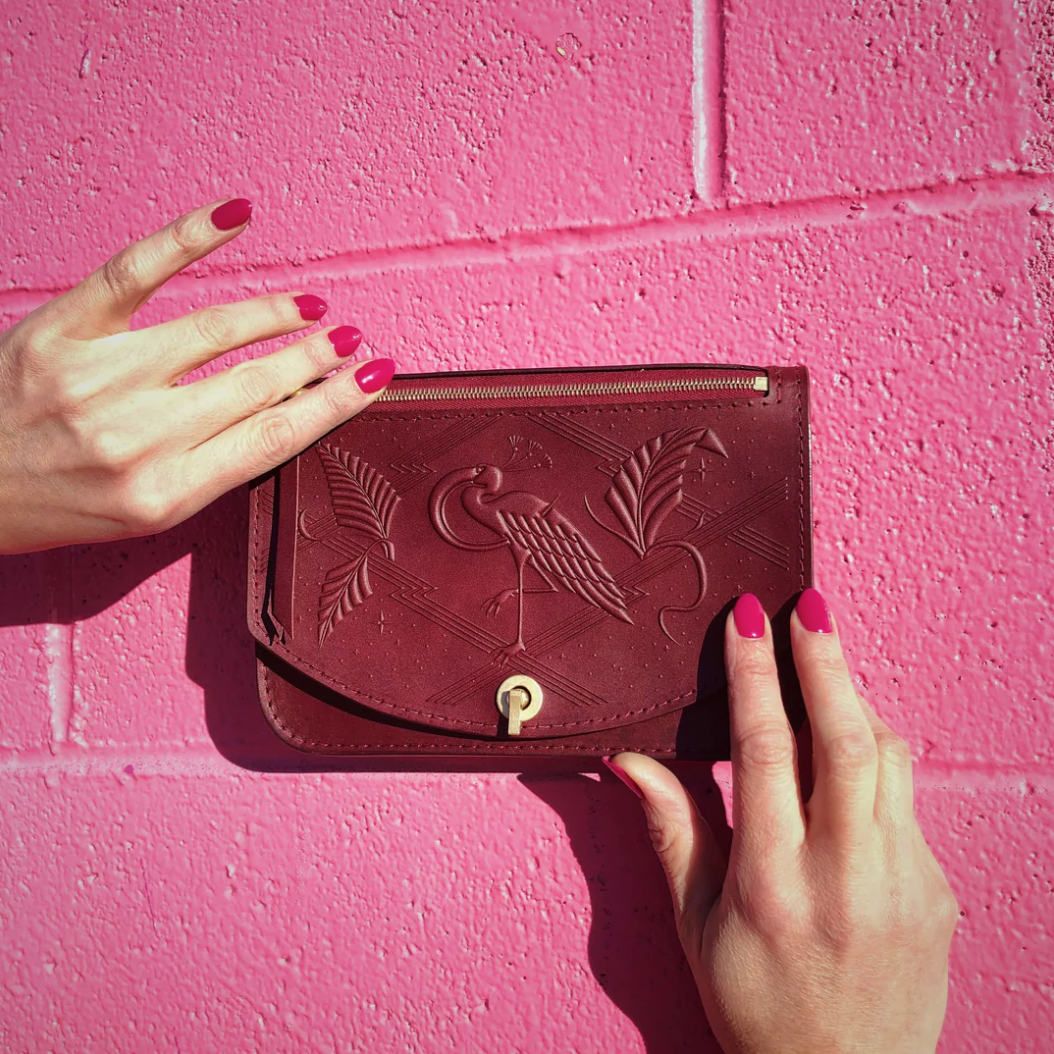Taking in Humeau’s work is definitely something that will require another trip back in order to process everything; there is a complex framework of interrelated mythologies, ecologies, and imaginings at play here. Take, for instance, the highly-intentional siting of the sculptures, which pay tribute to different humans and animals who lived and died there - an attempt, the artist says, “to reconnect every form of life that has lived on it, is living on it, or will live on it in the future” (as divinated by the clairvoyant geomancers that Humeau brought on for the project, no less). Or there are the wind flutes that play the notes of the sandhill cranes who migrate to the valley each year - birds whose migratory patterns have been changing as of late. Heart-like shapes are also a recurring theme in the works, but don’t mistake those for the generic valentine variety - they’re actually a nod to the shape of a local medicinal plant seed, as well as an abstracted take on a sandhill crane’s face. There’s a lot there, but at the same time a palpable sense of peace on the land too. Humeau describes her work, in part, as an “attempt to perform acupuncture at the scale of the 160 acres of fallow circle.” In this sense, she considers the land itself as an artwork, and herself as a humble host whose role “was maybe to simply give it credit for who it is as an entity, celebrate it, elevate it, and care for it.” Humble, yet inspiring, to say the least.

